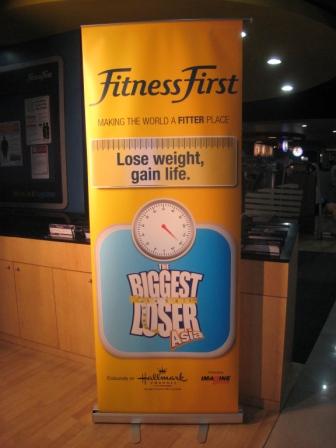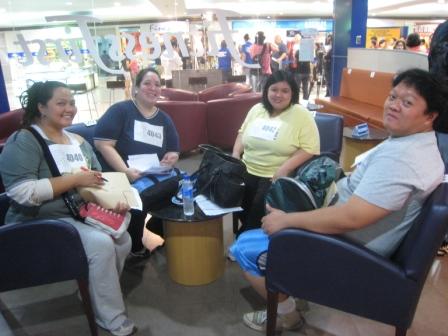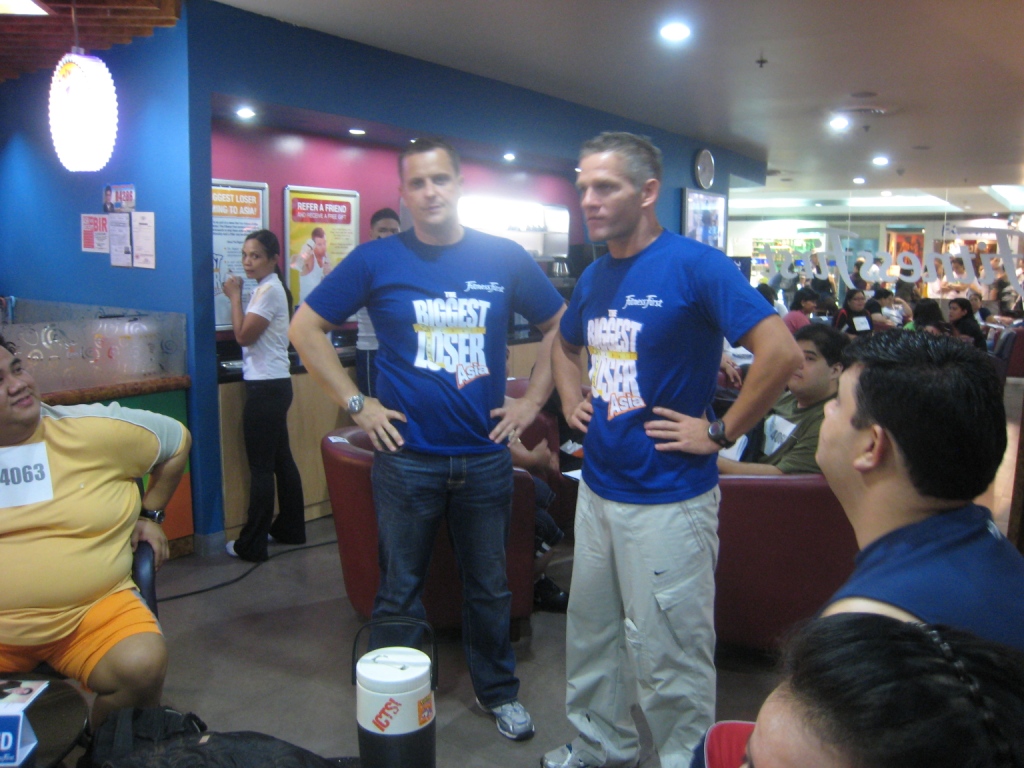 It is so much easier to tell if something is wrong with our kid if the manifestation is physical – a toothache, rashes, fever, and so on. But sensory difficulties are a lot harder to detect, especially if our children do not verbalize their difficulty or the impairment is not too bad so as to totally affect how a kid functions or socializes.
It is so much easier to tell if something is wrong with our kid if the manifestation is physical – a toothache, rashes, fever, and so on. But sensory difficulties are a lot harder to detect, especially if our children do not verbalize their difficulty or the impairment is not too bad so as to totally affect how a kid functions or socializes.
One of the difficulties I faced when one of my boys was still small was an inner ear problem. We brought him to Otomed in San Juan where he underwent hearing tests. Test results showed that he could only hear several decibels higher than the average person. It was not a severe problem but his hearing was definitely slightly impaired.
Did you know that social behavior is affected by hearing difficulties? That shy kid you have who doesn’t want to socialize may not be able to hear well and so does not want to engage strangers out of fear. That kid who is not doing well in school may be very bright but could not follow the discussions in the classroom because he cannot hear the teacher well.
Take a look at the list below and see if your kid exhibits any of these. If he/she shows some of these symptoms, your child may have some hearing problems:
- short attention span
- easily distracted
- oversensitivity to sound
- misinterprets questions
- confuses similar-sounding words
- frequent need for repetition
- inability to follow sequential instructions
- poor sentence structure
- reading/writing/spelling problems
- fidgety behavior
- clumsy, uncoordinated movements
- poor sense of balance or rhythm
- disorganized
- restless/hyperactivity
- low frustration tolerance
- low self-confidence/shyness
- difficulty making friends
- tendency to withdraw
- irritability
- immaturity
Some mommy blogger friends and I were recently introduced to the Tomatis method recently. The Tomatis method, developed by Dr. Alfred A. Tomatis, an Ear-Nose-Throat specialist. The Tomatis Effect is his discovery that links the ear and the voice. His extensive research revealed that when the ear functions at full capacity, a child actively listens, has better muscle control, and a better grasp of language and abstract thinking. Obviously, when a child cannot hear that well, the opposite effects manifest.
Continue reading “Tomatis Philippines helps alleviate hearing difficulties”

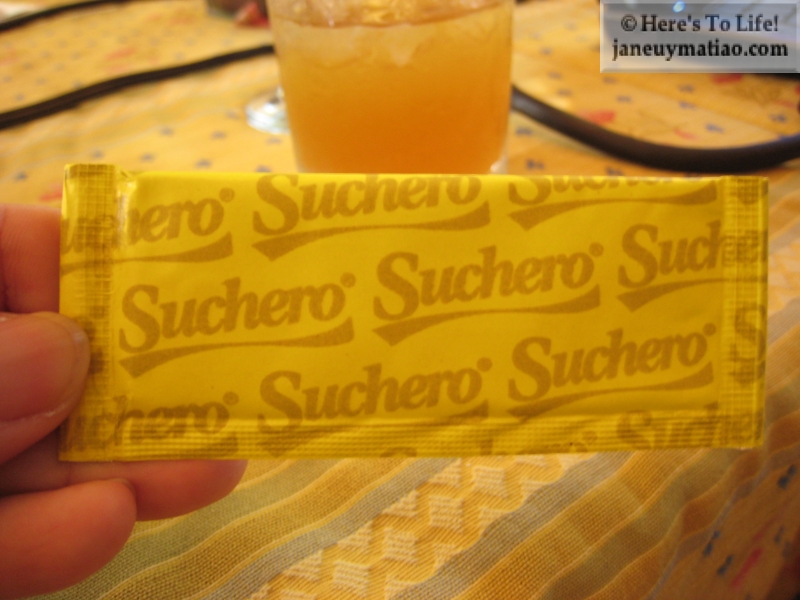
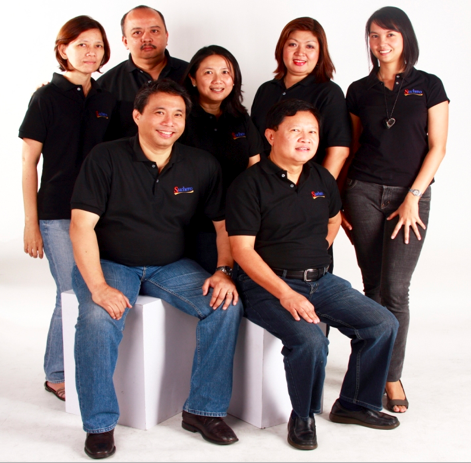
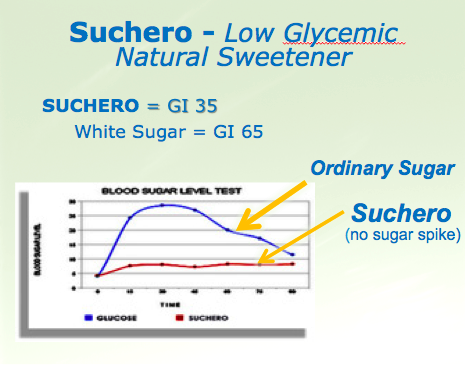
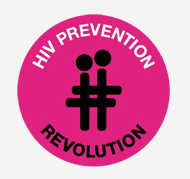
 As a mother of 4 kids, one of my major concerns is always how to keep my kids healthy and strong. There’s no underestimating the overused cliche “Health is Wealth“. It really is true!
As a mother of 4 kids, one of my major concerns is always how to keep my kids healthy and strong. There’s no underestimating the overused cliche “Health is Wealth“. It really is true!